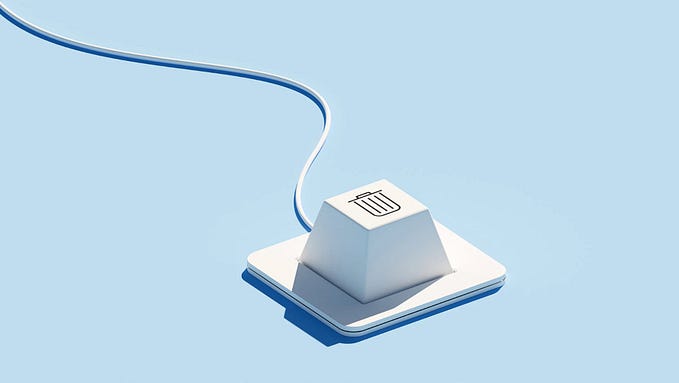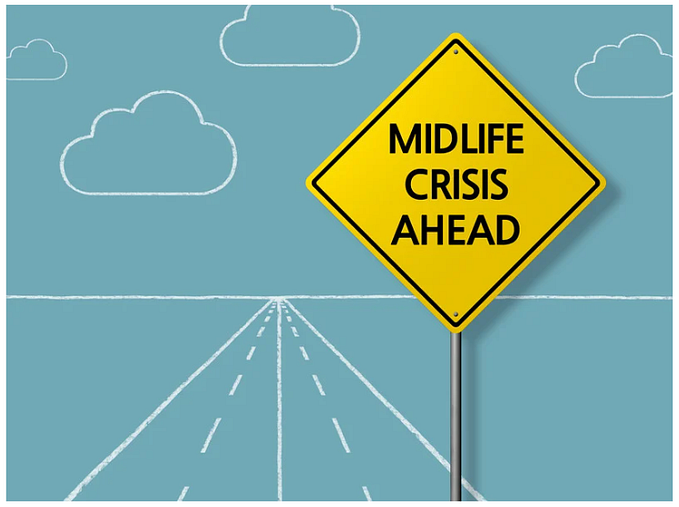Member-only story
What your business can learn from Uber ratings.
Uber experiments frequently with ratings. Why? And how should your business incorporate ratings?

My Uber rating is 4.8, and most of the drivers Uber assigns me have between 4.7–4.9
I would think my Uber rating is just above average. In itself, it is insignificant, but combine it with the fact that the drivers who pick me up tell me that even they don’t get rides from riders with poor ratings and that as their ratings kept on getting higher, the fill rate they have witnessed in them getting rides has been soaring up — now it is beginning to sound like something.
And once you start thinking about it, more questions come up. Does a high rating makes drivers more willing towards accepting a ride or are they indifferent towards it? (Most I have asked seem to be indifferent to it.)
Has the rating become an important factor for me? (I would like to say No, but if my rating has gone up or down by even 0.01 in the past 6 months, I think I would have noticed that 9 out of 10 times.)
I have taken thousands of ride on Uber. Now, given the fact that my rating is high even after these many rides, does that mean that Uber treats my ratings to drivers differently as compared to say a new rider? (This is a question I don’t have an answer to.)
RATINGS ARE EVERYWHERE
Right from the products you see on Amazon to the rooms you look up on Airbnb to that online guitar course you checked out this weekend, ratings have become a elemental part of our consumer lives. Consumers rely on these ratings to get over their inhibition in trying out something new (community feedback), and help themselves drive decisions faster. Businesses rely on them to weed out the bad vendors and products from good ones, ensure that the consumer experience continues to be top-notch, and countless other strategic decisions.
Ratings helped democratize the overall feedback mechanism and shifted the balance of power from the few (domain experts) to the many (endless consumers out there). We rely on IMDB ratings to decide whether we should watch a movie or not, we look at ratings of restaurants on Yelp and Zomato to decide if we should step…








